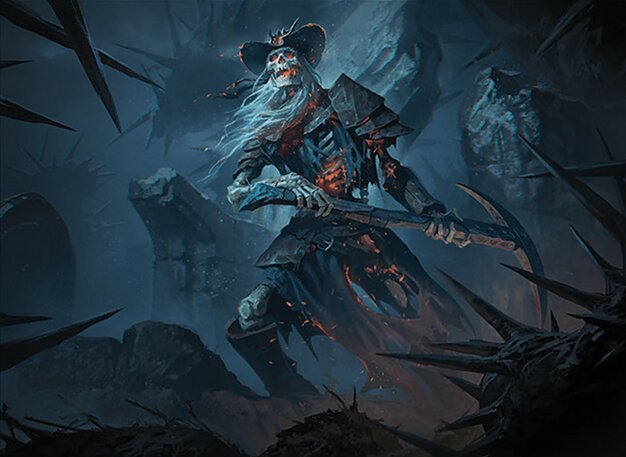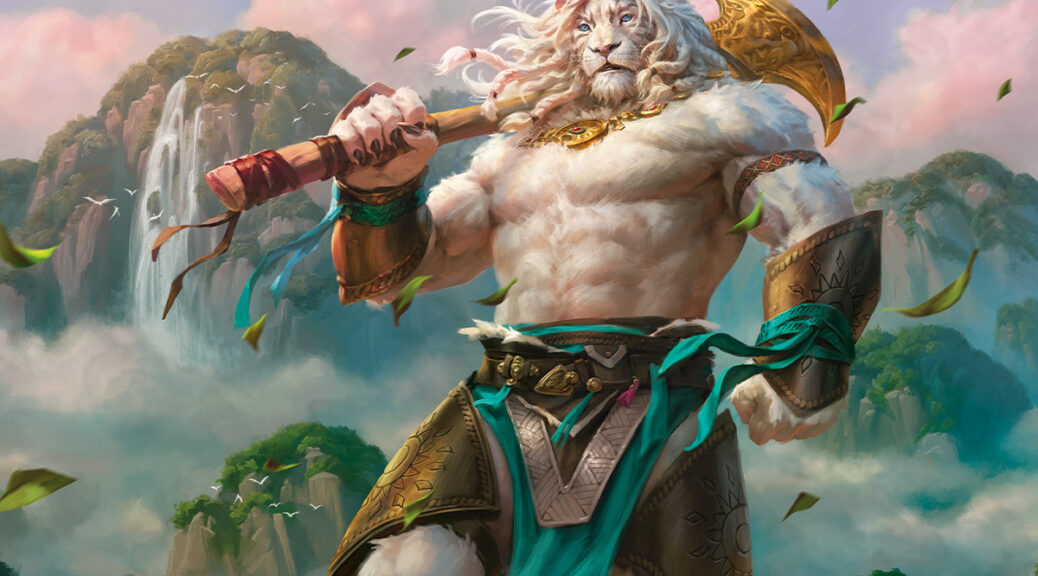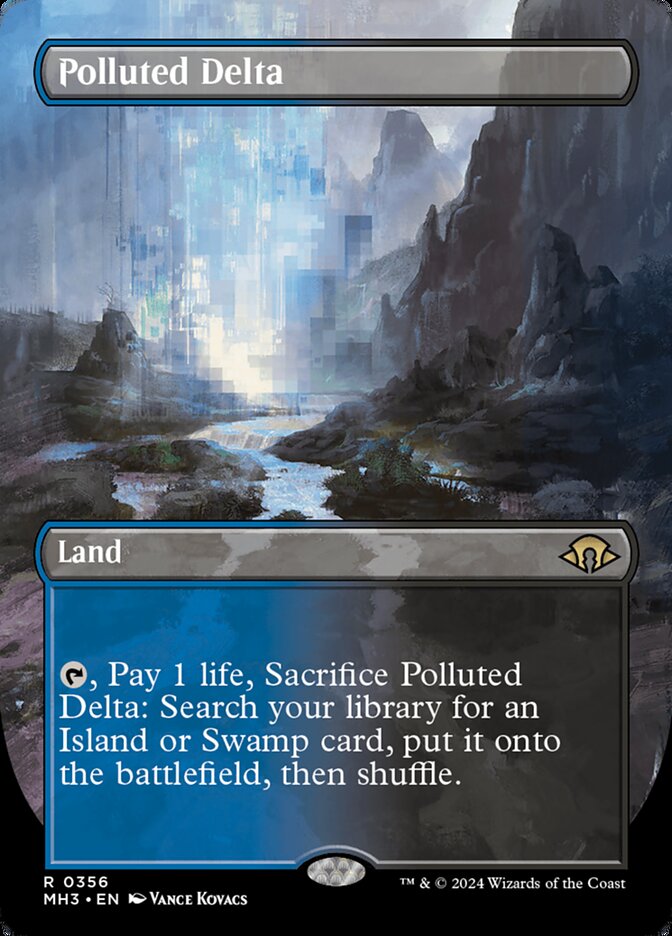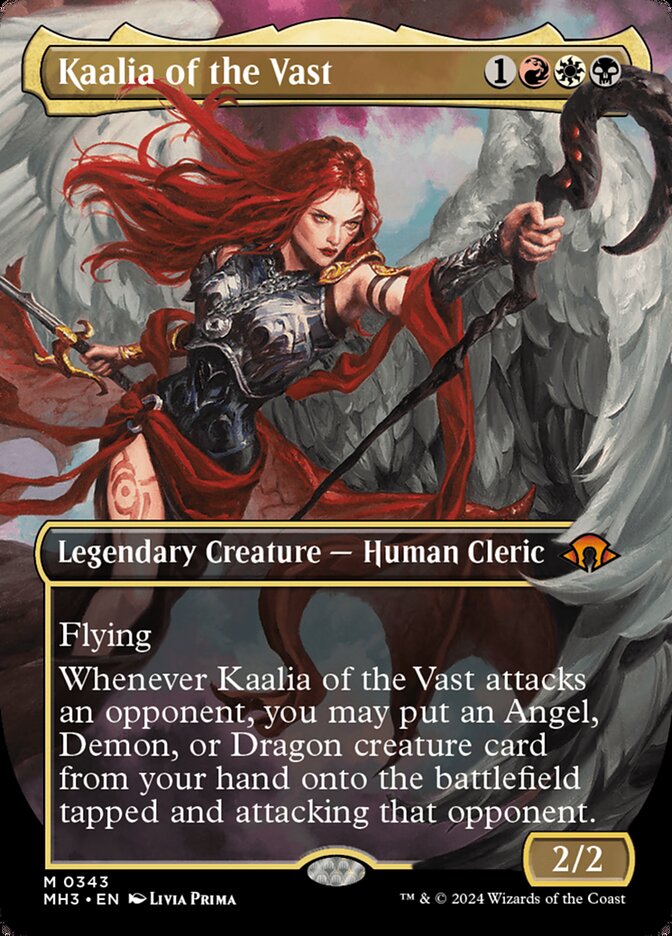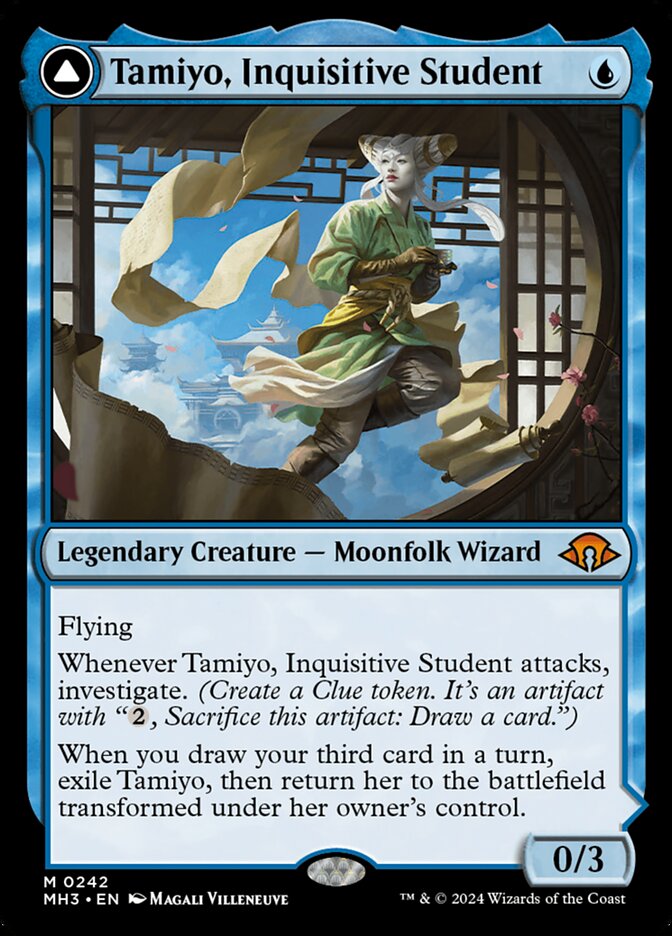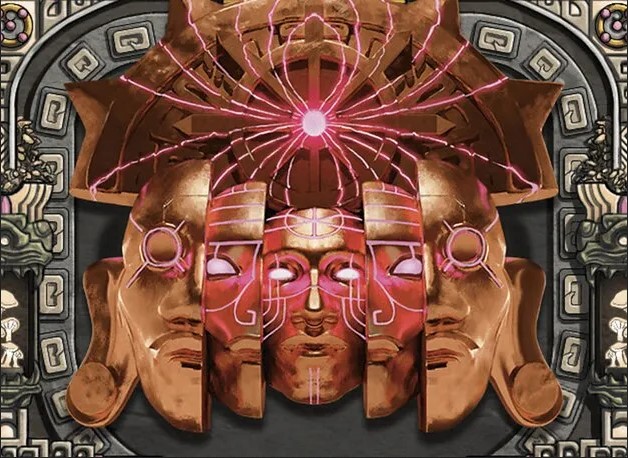Modern Horizons 3 is out, and released, and the race to the bottom is on. I can’t recommend buying anything for spec purposes yet, but I’ve got more than a few cards I’m watching out for in the long term. Some of these have been mentioned before, either here, or the ProTrader Discord, or the MTG Fast Finance cast, but they are all good casual cards, popular archetypes, and once the prices settle, are worth picking up.
I’ve listed the current price for the most basic versions of the cards, and these prices will change over time.
Echoes of Eternity (current regular frame nonfoil price $7) – The key takeaway here is that the card works for lots of things, not just Eldrazi, but artifacts too! This doesn’t work on colored artifacts, of which there are many, but with the right deck this is going to do some glorious things. I wouldn’t put it into a Breya deck, but there’s a lot of decks that would use this effect well. Doubling all your artifact spells is pretty damn amazing too.
Chthonian Nightmare ($3) – It’s falling fast because black isn’t energy-based but if you’ve played with the original version of the card you know how busted the effect can be. By itself, it’s limited to creatures that cost three or less. Synapse Necromage combos nicely, giving you a token for every loop through, but you can go a lot wider with cards like Sprouting Thrinax or Anax, Hardened in the Forge. If one of the creatures in your loop makes energy, then the sky’s the limit and you can go off to do just about anything.
Warren Soultrader ($5) – Whenever there’s a zero-mana way to sacrifice creatures, you want to pay attention. Warren here allows for triggers on death, triggers on artifacts entering, triggers for artifacts leaving. You don’t even have to wait, they might have made the Treasures tapped, but nope, you get to go wild. There are a ridiculous number of cards that combo well here, and don’t overlook the creature types.
Eladamri, Korvecdal ($9) – We have Elvish Piper for one-mana ‘put into play’ and Vizier of the Menagerie for ‘play from the top’ cards but combining them is rather powerful. I don’t like that you need two extra creatures, but this is a good effect that’s otherwise easy to utilize. It’s not as Elf-centric as those players would like, instead being just a good value card.
Fanatic of Rhonas ($3) – One of the best mana dorks of all time, ramping you into your first four-power early and the turn after that getting you an eight-drop. And then to top it off, you’ve got Eternalize built in, as a way to get some late value and get that big bump right back! This would have been good without that, but now it’s quite impressive. A lot of decks will want to use this right away, and rightfully so.
Springheart Nantuko ($3) – This is another big combo card. Bestow onto something nonlegendary and then landfall gives you a copy of the bestowed thing for two mana! There’s a lot of decks that would play a two-mana creature with Landfall: make a 1/1 and this just gets silly from that point. The landfall cards are already kind of crazy, and this makes them all that much better. I don’t know the combos for this card yet, but I’m sure they are out there and hopefully they don’t take too long to end the game.
Abstruse Appropriation (just about bulk): I might be in the minority here, but I love this card so so much. I like Vindicate/Utter End/Anguished Unmaking as utility spells, but now I get to recast the problem if I want to? Sign me up. Utter End is in 75,000 decks online, and this is strictly better. I’m much more fond of the borderless framebreak art here, with the blinded angel and the pink-rectangle-instead-of-feathers she’s got going on, but I’m happy to wait till that’s a bulk price too.
Nadu, Winged Wisdom ($11) – Given the way in which this can buzz through your deck, getting every land in play, there’s a good chance of bannings. It’s instantly infinite Scute Swarms with any zero-equip and those aren’t even the only ways to set the card off. It’s good in EDH, cEDH, and there’s a lot of Modern decks that want the effect too. So we’ll see how long this survives before something is banned. I’d be selling these hard right now.
Wight of the Reliquary ($1) – Another card that inexplicably says ‘land’ instead of ‘basic land’ this is annoyingly green and therefore ineligible for my Varina deck of Zombies. There’s plenty of ways to abuse a card like this, but there’s also plenty of decks that would just use it for value. This color combo is good at recurring things in and out of the graveyard, and as a Zombie, there’s other interactions that will be awesome as well.
Shifting Woodland ($5) – Easy to see what sorts of combos this sets off, just a land animating itself into not just a creature, but any permanent in the yard. This instantly works with Dark Depths, to name one, but there’s a whole bunch of other things you can do with this. Do note that it’s only your graveyard, but it’s a great way to get something back temporarily.
Spymaster’s Vault ($1) – What makes this card weak is that if a board wipe happens, then you don’t have a target for conniving. I love the idea of some trading happening in combat, and then you connive for 5-6 cards, but the truth is that this is likely a relatively weak card. It’ll get to bulk prices soon.
Medallions ($3) – It’s clear to me that as a Magic boomer, kids these days don’t understand that in my day, we played some terribly broken cards. These cards aren’t just two-mana rocks that produce one color of mana. They just make your deck cheaper! The Mediallions are criminally underplayed in Commander, and while I understand that they don’t make mane of a color, they do allow for double-spell turns that much faster. These dipped in price for Commander Masters and now they are going to drop farther. We’ll see how close to bulk they can get.
MDFC lands (bulk-ish) – Commander decks never play enough lands. We tend to shave lands, because we run mana rocks, dorks, and other acceleration/smoothing methods. If you play 17 lands in a 40 card Limited deck, that’s 42.5 percent lands. So why are you at 35% in your 100-card deck, hmmmm? We’ve got a big stack of useful modal cards, some with two colors of mana and most of them at least useful on the other side. Long-term, I think cards like Rush of Inspiration, Waterlogged Teaching, etc., because it’s the early land when the spell-based deck wants it, or the later game method of digging into the deck. Creature decks are a bit less sink or swim.
Cliff (@WordOfCommander at Twitter and BlueSky) has been writing for MTGPrice since 2013, and is an eager Commander player, Draft enthusiast, and Cube fanatic. A high school science teacher by day, he’s also the co-host of the MTG Fast Finance podcast. If you’re ever at an event and you see a giant flashing ‘CUBE DRAFT’ sign, go over, say hi, and be ready to draft.
